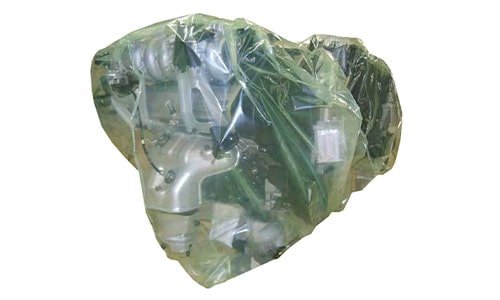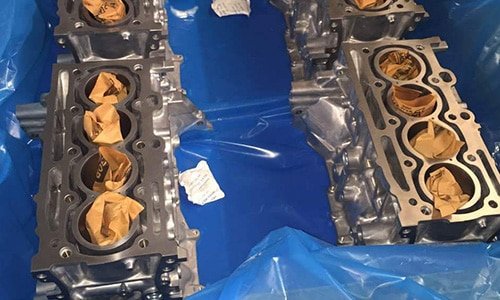Metal rust prevention technology and material extension are of great significance. Steel structure bridges have the characteristics of large cross-border, strong bearing capacity, short construction period, long service life, etc., and are widely used by countries around the world.
On the one hand, they provide convenience to human beings; on the other hand, they are exposed to corrosion in the environment of damp heat, acid rain, salt fog, industrial atmosphere, marine atmosphere, etc., ensuring their long life has become an important link in the design and construction of steel bridges.


Since 1978, a large number of large-span steel-tube arch bridges, cable-stayed bridges and suspension bridges have been constructed in China. The construction of steel bridges has made remarkable progress.
Dozens of bridges have been built on the Yangtze River alone. However, due to the limitation of economic development and insufficient attention to corrosion prevention of steel structures, engineering accidents caused by corrosion of steel bridges occurred one after another.
For example, the cable rusting accident of the Haiyin Bridge in Guangdong, and the fall of the deck due to the corrosion of the hanger rods of the Yibin Arch Bridge in Sichuan, etc. Both bridges have a service life of less than 10 years.
Therefore, in the process of implementing corrosion control system engineering in the construction of steel bridges, we must pay attention to the use of “temporary rust prevention” as an important technical rule.
Rust prevention and packaging are not icing on the cake, but important rules to ensure reliable operation, can not negligent.




